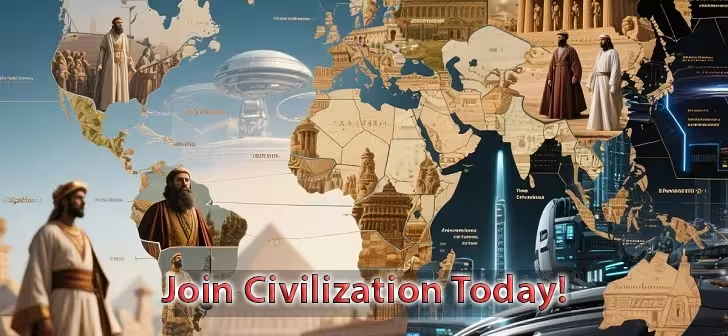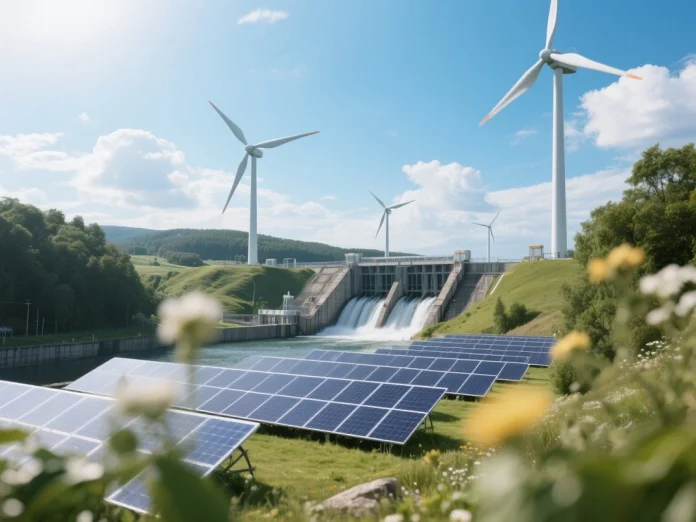In recent decades, the conversation around renewable energy has transformed from niche environmental advocacy to a global priority. Countries are racing to meet ambitious net-zero goals, corporations are pledging carbon neutrality, and clean technologies are attracting record-breaking investments. Yet, beneath the headlines lies a sobering question: Is our transition to renewable energy happening fast enough to avert climate disaster?
This article dives deep into the promise, progress, and pitfalls of the global renewable energy movement — and why the world may need to move even faster.
What Is Renewable Energy and Why It Matters
Renewable energy comes from naturally replenished sources such as sunlight, wind, water, and geothermal heat. Unlike fossil fuels, which emit harmful greenhouse gases, renewables provide clean, sustainable power without depleting finite resources. The environmental benefits are obvious: reduced carbon emissions, less air pollution, and a smaller ecological footprint.
But renewable energy is not just about saving the planet — it’s also about economics, national security, and energy independence. As technology advances, renewable power is becoming cheaper than coal and gas in many regions. Countries investing in renewables today are positioning themselves to dominate the clean-energy economy of tomorrow.
The Global Momentum: Numbers That Inspire Hope
The past decade has seen remarkable growth in renewable energy adoption. According to the International Renewable Energy Agency (IRENA):
- Renewables accounted for 30% of global electricity generation in 2023, up from just 20% in 2010.
- Solar power capacity increased 26-fold since 2010, driven by falling costs and government incentives.
- Wind power has quadrupled in the same period, now powering entire regions and coastal cities.
China leads the world in solar and wind capacity, the EU has doubled down on green hydrogen, and the U.S. has passed major legislation to supercharge clean energy investment. This global commitment is encouraging — but it’s only part of the picture.
The Challenge: Speed vs. Scale
While renewable energy capacity is expanding, the pace may still be insufficient to meet the Paris Agreement’s target of limiting global warming to 1.5°C. The Intergovernmental Panel on Climate Change (IPCC) warns that to stay within this limit, global emissions must be cut nearly in half by 2030. That requires tripling current renewable capacity within just a few years — a daunting task.
The challenge is not only about building more solar farms and wind turbines; it’s also about overhauling power grids, scaling up energy storage, and ensuring equitable access. Without these, the transition risks leaving some communities behind while failing to replace fossil fuels at the necessary speed.
Key Obstacles in the Renewable Energy Transition
- Intermittency and Storage
Solar and wind depend on weather conditions. Without efficient, large-scale battery storage, energy supply can be inconsistent, forcing reliance on backup fossil fuel plants. - Infrastructure Bottlenecks
Many countries lack modernized power grids that can handle distributed renewable generation. Upgrading infrastructure is costly and time-consuming. - Political and Economic Resistance
Fossil fuel industries wield significant influence, lobbying against aggressive renewable energy policies. Some governments still subsidize coal, oil, and gas, undermining clean energy growth. - Resource Constraints
The production of solar panels, wind turbines, and batteries requires rare earth metals and minerals, which can lead to environmental and ethical concerns if sourced irresponsibly.
Bright Spots: Innovations Driving the Future of Renewable Energy
The renewable energy sector is not standing still — it’s evolving rapidly thanks to innovation:
- Next-Generation Solar Panels. Perovskite solar cells promise higher efficiency and lower production costs compared to traditional silicon-based panels.
- Offshore Wind Farms. Floating wind technology opens new possibilities in deeper waters with stronger, more consistent winds.
- Grid-Scale Batteries. Advances in lithium-ion and emerging solid-state battery technology are making energy storage more efficient and affordable.
- Green Hydrogen. Produced using renewable electricity, green hydrogen could decarbonize industries like steelmaking and shipping that are hard to electrify.
These technologies could help renewable energy overcome its biggest challenges and accelerate the global shift.
Is Renewable Energy Enough on Its Own?
The uncomfortable truth is that renewable energy alone cannot solve the climate crisis — at least not without accompanying systemic changes. We must also focus on:
- Energy Efficiency. Cutting waste through better building insulation, efficient appliances, and smart grids.
- Behavioral Shifts. Encouraging public transportation, plant-based diets, and reduced consumption patterns.
- Policy Action. Stronger international agreements, carbon pricing, and phasing out fossil fuel subsidies.
The energy transition is not just a technological challenge — it’s a societal transformation.
The Global Responsibility
Renewable energy adoption is uneven across the globe. Wealthy nations can invest heavily in clean technology, while developing countries often lack the funds and infrastructure. This disparity must be addressed through international cooperation, funding mechanisms, and technology sharing.
The reality is simple: climate change is a global problem that demands a global solution. Without a unified effort, progress in one region could be offset by emissions elsewhere.
Conclusion: The Clock Is Ticking
The global shift to renewable energy is one of the most promising developments of our time. Solar panels are cheaper, wind turbines are taller and more efficient, and clean technologies are reshaping the energy landscape. Yet, the pace of change still lags behind the urgency of the climate crisis.
We have the tools, the knowledge, and the momentum — what’s needed now is political will, international cooperation, and a willingness to think beyond business as usual. If we can accelerate our transition to renewable energy while also reimagining our economies and lifestyles, the goal of a sustainable, livable planet remains within reach.




